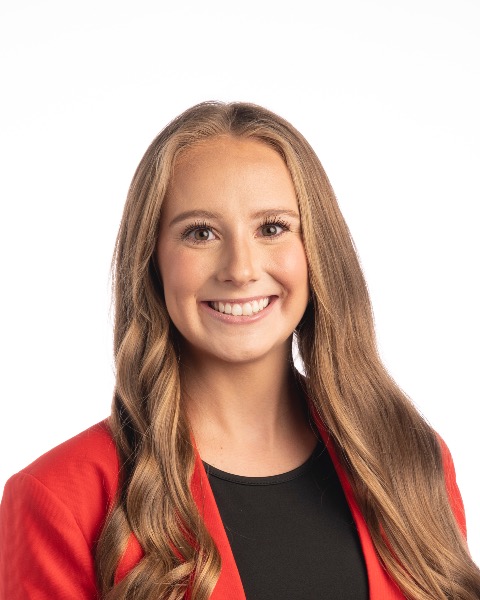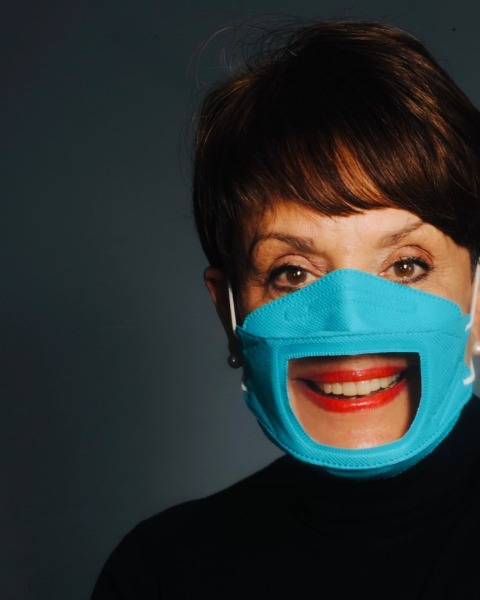Research (R)
PP1309 - Potential Benefit of Novel Transparent N95 Mask: Survey of Communication, Usability, and Fit

Brooklyn Schultes
Student
University of Arkansas for Medical SciencesDisclosure(s): No financial or nonfinancial relationships to disclose.
.jpg)
Samuel R. Atcherson, PhD (he/him/his)
Professor and Director of Audiology Research
University of Arkansas for Medical Sciences
University of Arkansas for Medical Sciences
Little Rock, ArkansasDisclosure(s): NIH STTR: Grant/Research Support (Ongoing); Thieme Medical Publishers: Royalties (Ongoing)

Jeanne Hahne
CEO
FaceView Mask
Medford, OregonDisclosure(s): No financial or nonfinancial relationships to disclose.
- BD
Barbara J. DeBaun
Improvement Advisor
Cynosure Health
San Francisco, CaliforniaDisclosure(s): No financial or nonfinancial relationships to disclose.
Lead Presenter(s)
Presenter(s)
Summary:
Objectives:
The goal of this Phase II NIH-funded project was to continue the research and development of the FaceView Mask™. This N95 respirator mask incorporates a transparent window to allow lip reading and has an antimicrobial coating for enhanced protective function. Specifically, we surveyed participants across a variety of backgrounds at multiple sites to gather their experiences and perceptions of the FaceView Mask™ prototype vs. an industry-standard opaque N95 respirator mask. Such a study is one of the necessary performance steps toward eventual 510(k) clearance and NIOSH approval.
Rationale:
It is generally well known that most masks (and respirators) can obscure the acoustics of speech and prevent lip reading. Masks can make speech understanding difficult, especially when communicating in noisy settings (Atcherson et al., 2017; Atcherson et al., 2021). Communication with masks can make it especially difficult for individuals with auditory and/or cognitive deficits, as well as those who communicate in different languages or have unfamiliar accents. Miscommunication, compounded by the use of masks, contributes to medical errors and poses risks to patient safety and healthcare costs. In addition, hearing difficulties affect over 13 million US individuals, a sizable demographic. In contrast, having a transparent mask has been shown to reduce communication errors by allowing listeners to take advantage of extra speech and facial cues, even in the presence of noise (Atcherson et al., 2017; Thibodeau et al., 2021). While there are several transparent masks on the market, the FaceView Mask™ is under continued research and development as a N95 respirator mask equivalent.
Design:
A total of 200 participants will be recruited from diverse populations including individuals with and without hearing loss, interpreters, students, faculty, and healthcare professionals (as of November 14, 2023, we have data from 185 participants). Following the consent process, participants will try on both the FaceView Mask™ and an industry-standard N95 respirator in a quasi-random order. Fit testing of both masks will be performed by trained team members using the 3M™ Qualitative Fit Test Kit, Sweet or Bitter solution. During fit testing, the team member will wear the same mask to allow all participants to evaluate its use by a person other than themselves. Following fit testing, participants will complete an experience and product survey on fit, comfort, and usability. All participants could not have respiratory issues, or beards, and could not eat, drink (other than plain water), smoke, or chew gum 15 minutes before the start of fit testing.
Results and
Conclusions:
Data collection is expected to be finished by mid-December 2023. Survey data will be analyzed quantitatively and the one open-ended question for comments will be analyzed qualitatively. All data analysis will be complete by February 15, 2024. Preliminarily, results appear to be largely positive towards the FaceView Mask™; however, some constructive points will need to be considered for the next (and hopefully final) prototype of the FaceView Mask™ towards 510(k)
clearance and NIOSH approval.
Learning Objectives:
- Upon completion, participants will be able to explain the potential benefits of a transparent N95 respirator mask for improved communication and medical error reduction.
